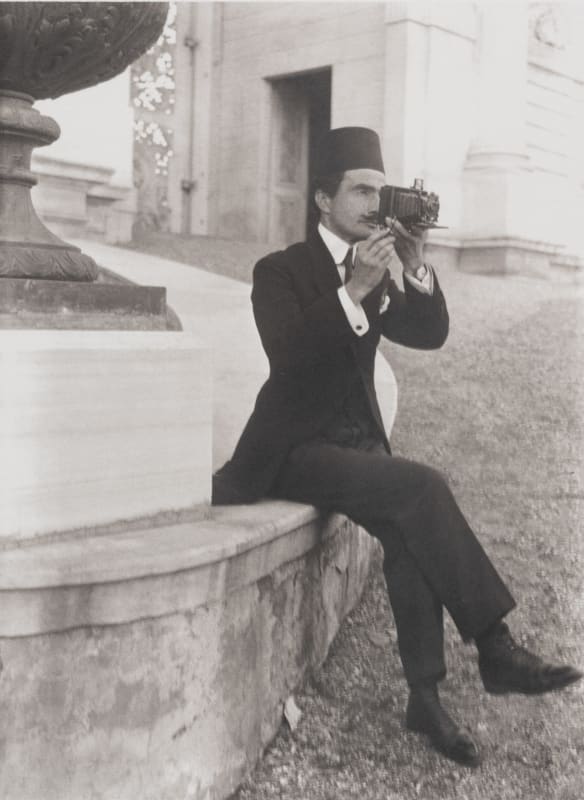Focusing on historic and hand-made photographic techniques, 1851.gallery is opening its doors showing platinum-palladium prints of Avni Lifij (1886-1927), Turkey’s prominent painter of the 1914 Generation.
A selection of 36 glass negatives preserved in the family collection have been meticulously crafted by 1851.studio over a six-month period using the platinum-palladium printing process and they will be revealed over a century after they have been taken.
Curated by Dr. Necmi Sönmez, the exhibition consists of photographs taken by Avni Lifij in Istanbul and in Ankara in the first quarter of the 20th century. Documenting the living and working conditions of artists known as the 1914 Generation, featuring portraits of his family members and proficiently staged self-portraits, these works elaborately investigate unknown details of Lifij’s life through the immediate reality of his masterfully executed photographs.
The exhibition positions Avni Lifij, pioneering member of the generation of painter-photographers and proponent of modernism, at the center of a broad inquiry:
Did Lifij make these photographs as tool for, or goal to his art?
About Platinum-Palladium Printing Technique
After years of research, English inventor William Willis (1841-1923) succeeded in creating an image with pure platinum molecules on paper in 1873 and patented his invention right away. Working on his invention, Willis made his technique more practical and accessible by founding the Platinotype company to sell ready-to-print sensitized paper.
The platinum printing technique gained rapid popularity due to not only its unprecedented aesthetics characterized by a wide tonal range and smooth gradations achieved through pure platinum molecules penetrating the paper's fibers, but also its durability contributing to its widespread adoption.
Having reached it’s peak of popularity during the Pictorialism movement, the use of this technique declined during World War I due to the war industry's heavy use of platinum causing a significant price increase.
Although the use of palladium over platinum became widespread during the war period, the closure of companies producing ready-to-print paper, particularly Platinotype, and the emergence of much more economical and practical silver-based ready-to-print papers which also allowed enlargement of the image, caused the platinum-palladium technique to almost fall into oblivion. Revived by a modest interest in historical and handmade techniques in the late 1970s, this technique was brought back into the spotlight by artists such as Irving Penn (1917-2009) and Dick Arentz (1935) who made extensive use of it. Since there are no companies manufacturing ready-to-print platinum-palladium paper today, dedicated photographers who work like chemists are preparing their own papers and solutions.
---
Curator
Dr. Necmi Sönmez
Coordination
Hande Varsat, Duygu Duymazlar
Avni Lifij Archive
Osman Sirel
Platinum-Palladium Prints
1851.studio
Graphic Design
Ekin Sirel
Video
Seyfettin Tokmak
Installation
Beetle Art, 3T Reklam
Public Relations
Burcu Dimili
Social Media
WÖRK
Administration
Gülsen Öner Güvendir
Acknowledgements
Nilgün Beller, Ceren Can, Hulusi Özbay, Aylin Ünel

